Warning: Spoilers for Batgirl #3!Few members of the Bat-Family are as similar to Batman as Batgirl. There's a reason why Bruce Wayne adopted Cassandra Cain, and it's not just because he knows she's the one Bat-Family hero who'd destroy him in a fight. It's because out of everyone in the family, Bruce and Cass are the most alike.
Cassandra Cain even shares Batman's controversial identity theory, as illustrated in Batgirl #3 by Tate Brombal, Takeshi Miyazawa, Mike Spicer, and Tom Napolitano. Cass is having a heated conversation with a reluctant ally, her mother Lady Shiva, when they are interrupted by the adoration of the Order of Shiva. To address Shiva's followers, Cass puts her mask back on, with the inner monologue reading, "identity."
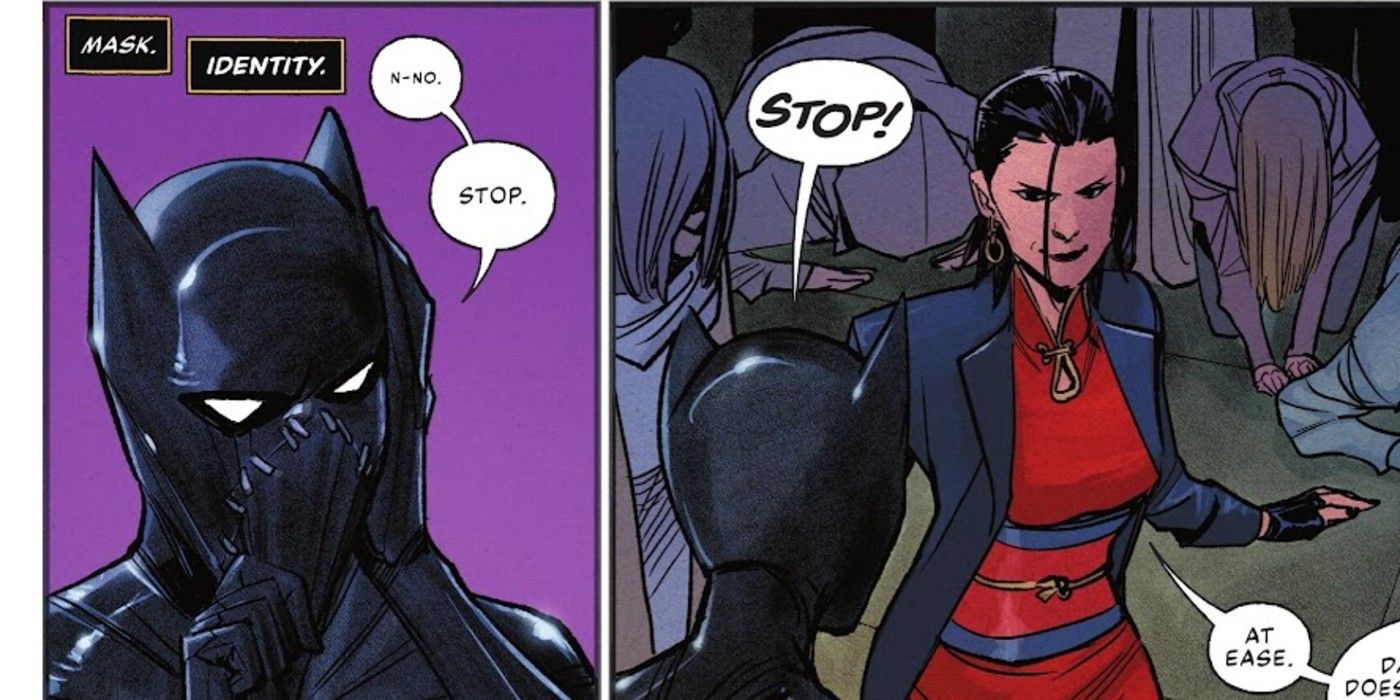
Though small and subtle, this moment implies that Cass sees her Batgirl identity as her real identity, not just a secret identity, not dissimilar to theories revolving around Batman being Bruce Wayne's real identity.
"Batgirl" Could Be the Real Main Identity of Cassandra Cain
Breaking Down How Cass Treats Her Mask in Batgirl #3
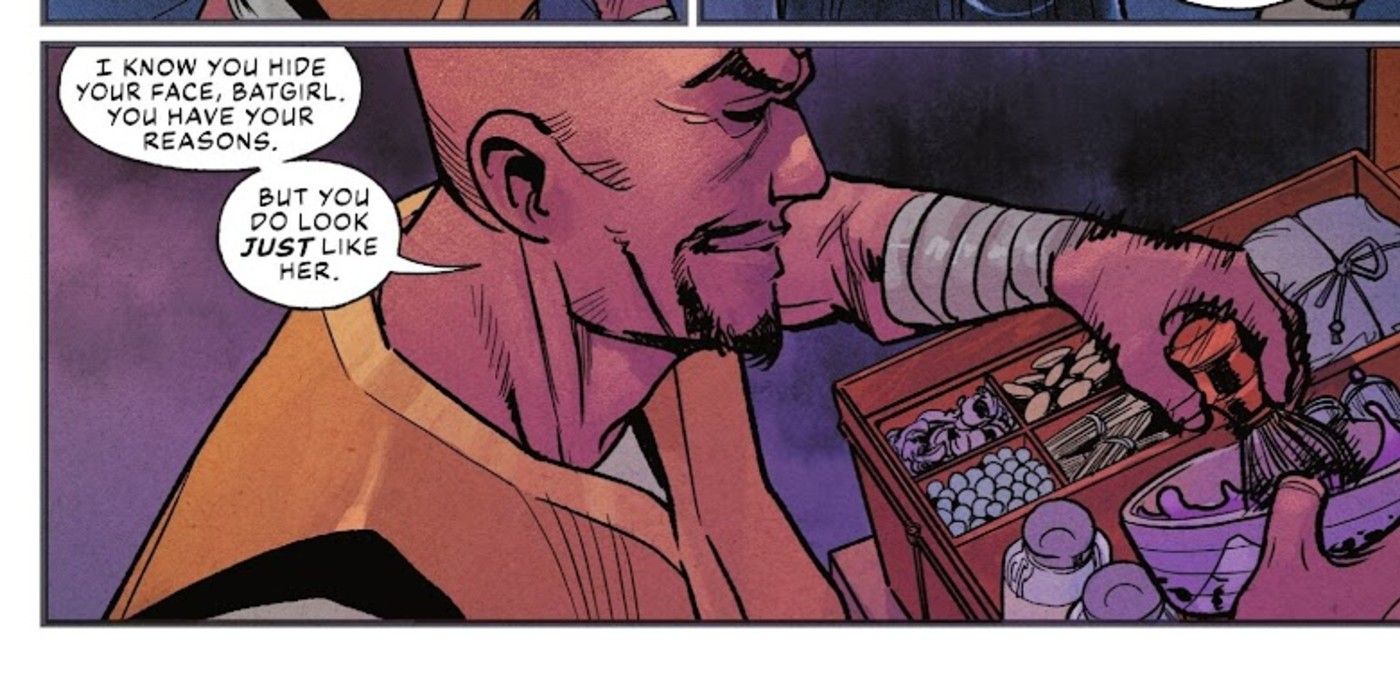
This new Batgirl series has quickly become something of a redemption story for Lady Shiva, one in which she demands her daughter's trust as they are both hunted by the Unburied. However, earning trust is easier said than done, as a fight between the mother-and-daughter duo ensues while Cass is still unmasked. When the Order of Shiva enters the fray, Cass puts her mask back on while saying to herself, "Mask. Identity." She could simply be referring to the mask protecting her secret identity, but it more accurately could mean the Batgirl mask is her identity - one she accepts, in any case.
Adding to the theory, it's worth noting that later in the issue, Batgirl starts walking around the train with her mask half-tucked, as if she's slowly embracing her Cain identity the more she warms up to the Order of Shiva.
The mask isn't just a new identity for Cass, but one she uses to distance herself from her assassin parents. In this issue, she's told by one of Shiva's followers, Jayesh, that she looks just like her mother. Meanwhile, the Cain name belongs to her hitman father, David Cain. Neither are people she wants any ties to. Her identity under the mask as Cassandra Cain has been sullied in her eyes, but she's found a new family because of the mask she wears: the Bat-Family. On that level, her character is more suited the classic Batman theory about "Bruce Wayne" being the Dark Knight's real mask, not the cowl.
What Is the "Mask Theory" as It Applies to Batman and Bruce Wayne?
How Stories Treat Batman's Identity
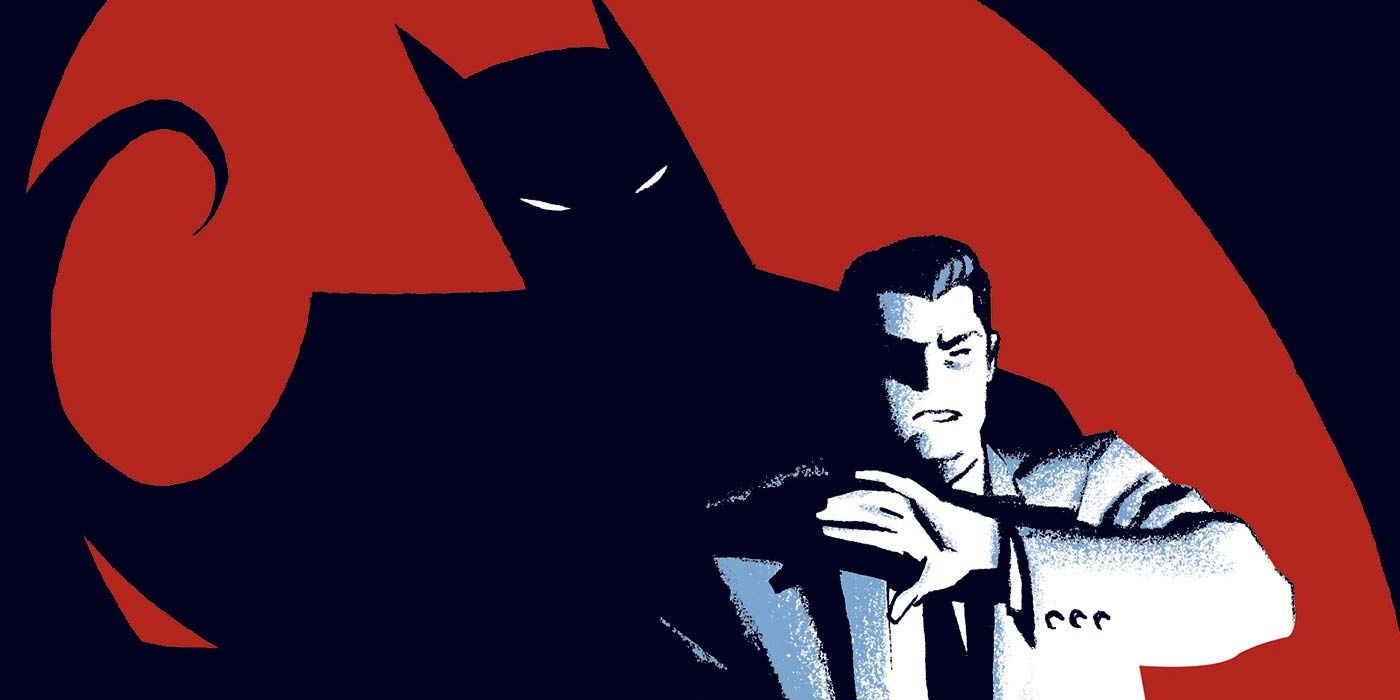
The idea that Bruce Wayne is Batman's true mask is one that was popularized by the Batman Beyond episode "Shriek," wherein Bruce Wayne suggests that he doesn't even call himself Bruce in his own head, but instead, Batman. Since then, the idea has woven its way into comic books with varying results. Some comics mention it as a mere facet of Bruce's character: while other superheroes pretend to be their costumes, Batman is not pretending or falling into a new persona. For Bruce Wayne, Batman is his primary persona, and the billionaire playboy is the facade.
Meanwhile, other creators have delved into why DC Comics canonizing Bruce Wayne being Batman's mask has horrible implications. The most notable story to dive into this theory is the Bruce Wayne: Murderer/Fugitive arc, where Bruce Wayne is wanted for murder, and so Batman is ready to give up that identity completely in favor of being Batman 24/7. The arc shows how being Batman without the influence of Bruce Wayne's life and relationships would do more harm than good, as he distances himself from his Bat-Family and becomes all the more aggressive without anything or anyone to humanize him.
Applying This Theory to Batman Leads to Some Major Issues for the Character
Losing His Humanity Without the Mask
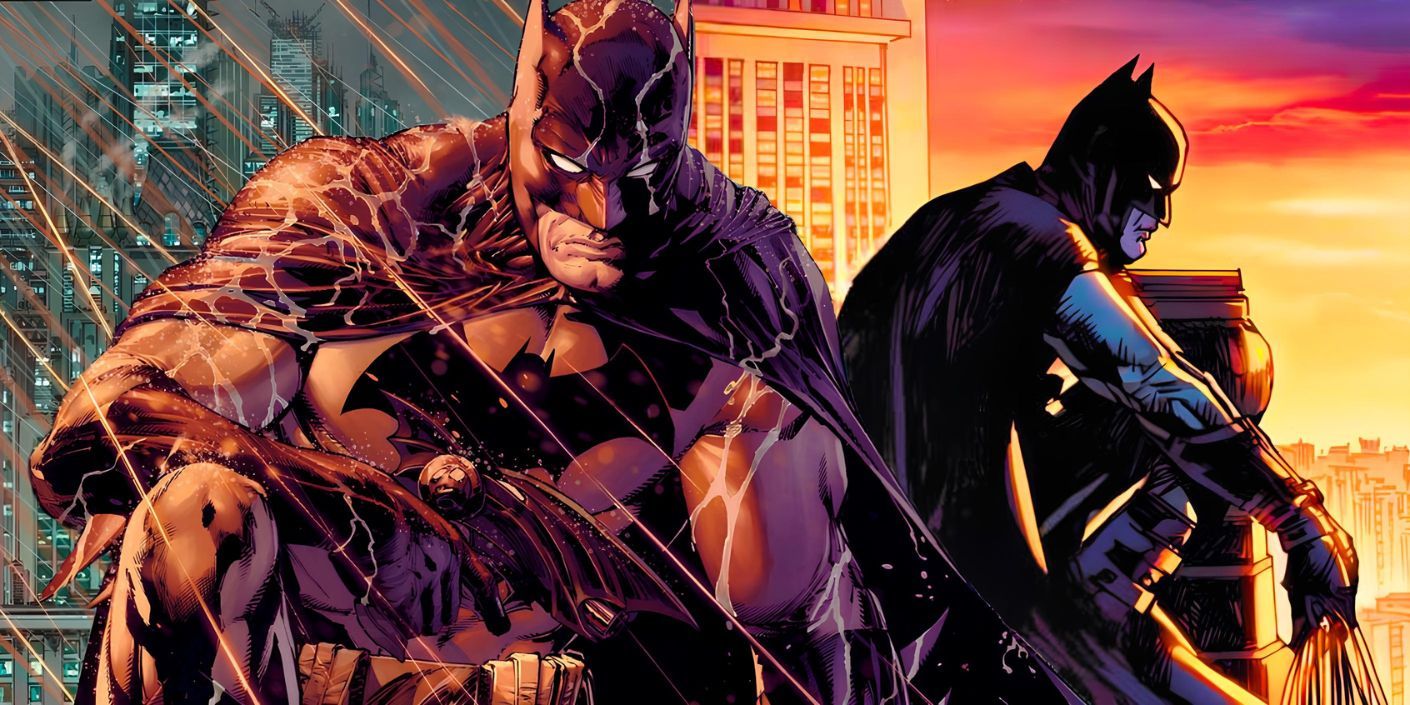 Custom Image by Logan Silva
Custom Image by Logan Silva
It's hard for both fans and writers to fully accept the mask theory, hence why it varies from story to story as far as how much it's supported. Claiming that "Bruce Wayne" is the real mask only creates more problems for Batman than solutions for his character. If anything, as seen with Fugitive/Murderer, it's hard to accept the theory without crafting a story that suggests that Bruce's desire to actually abandon "Bruce" is a quality to Batman that he must unlearn in order to become a better hero. At best, the theory can only be accepted as canon as a flaw that Batman can accept temporarily before having to overcome it.

Related
Batman Officially Settles His Biggest Fan Debate (Who Is His Real Self: Bruce or Batman?)
After years of speculation as to who is really the mask, Batman or Bruce Wayne, the debate is finally solved, and Batman's true identity is revealed.
"Mask-Theory-as-Flaw" has been the narrative case more recently, as Batman's fight with Failsafe in a recent Batman arc by Chip Zdarsky and Jorge Jiménez showcases a Batman who is only able to beat the android when he accepts out loud that he is more than just Batman, accepting his Bruce Wayne dual identity in the process, along with all the characteristics that accompany those identities. The flaw in the theory is that, while embracing the Batman persona helps him become a superhero, Bruce can still be a hero without the mask, as the mask can't possibly encompass the entirety of Batman's heroism.
Are There Issues with This Theory If It Applies to Batgirl?
Not as Many as When It's Applies to Batman
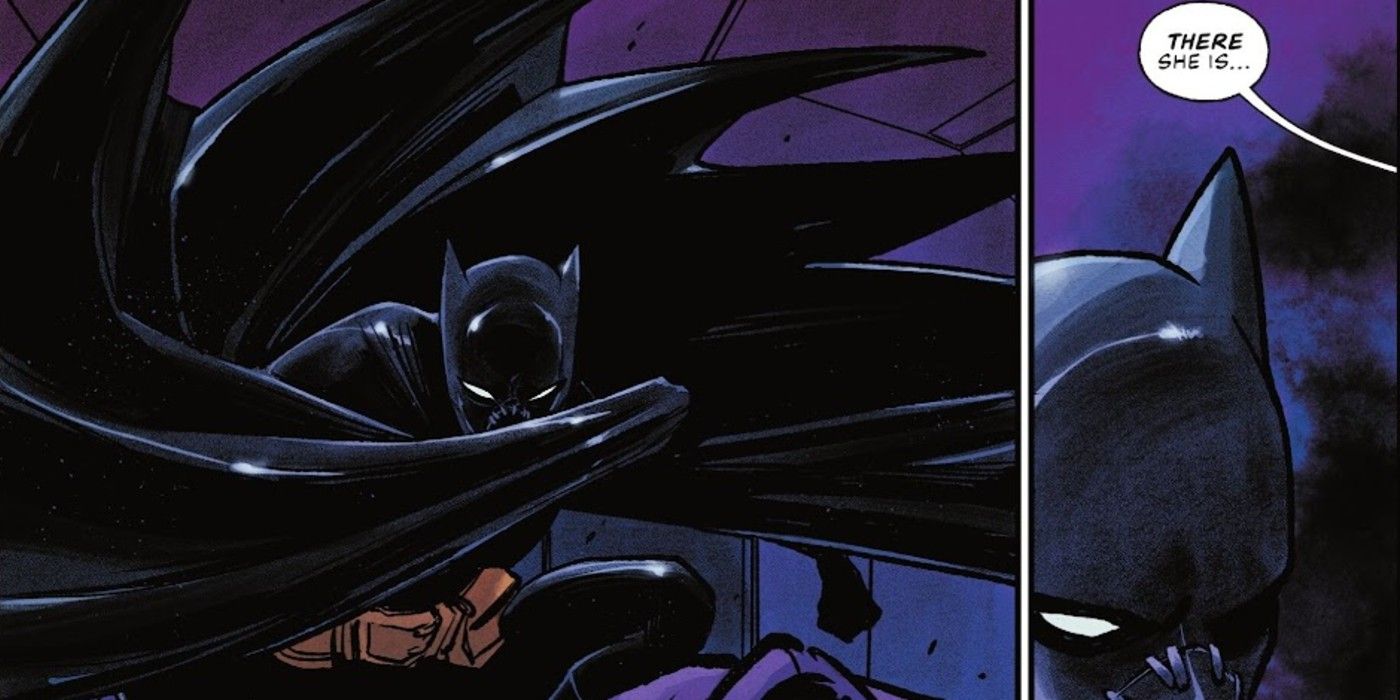
While the mask theory may damage Batman's humanity, the theory actually humanizes Batgirl once it is applied to her. Cassandra Cain was dehumanized at a young age as a child who was deprived of a childhood because of parents who would rather train her to become a killer. Even worse, her childhood innocence was taken away when David forced Cass to kill. She wasn't actually humanized until joining the Bat-Family. Rather than offering strict training exclusively, the Bat-Family taught Cass how to breathe, how to love, and essentially, how to be human. For once, Cass was given a family - but only once she became Batgirl.
With the Batgirl mask, Cass is reminded of the found family she chose.
Without the mask, Cass is reminded of the family she didn't ask for and never wanted, but with the Batgirl mask, Cass is reminded of the found family she chose. Even as she learns the humanity behind Shiva's followers, she's yet to fully accept Shiva as family due to their past. By that logic, the Cain name is tainted, and it's a family lineage that Batgirl is reminded of any time she looks in the mirror. With the Batgirl mask, Cassandra is reminded of Batman, Robin, Barbara Gordon, Stephanie Brown, and everyone she has fallen in love with as a proud member of the Bat-Family.
Batgirl #3 is available now from DC Comics.
Batgirl
Created By Bill Finger , Sheldon Moldoff
First Appearance Batman (1940)
Alias Barbara Gordon, Betty Kane, Helena Bertinelli, Cassandra Cain, Stephanie Brown
Alliance Batman Family
Your changes have been saved
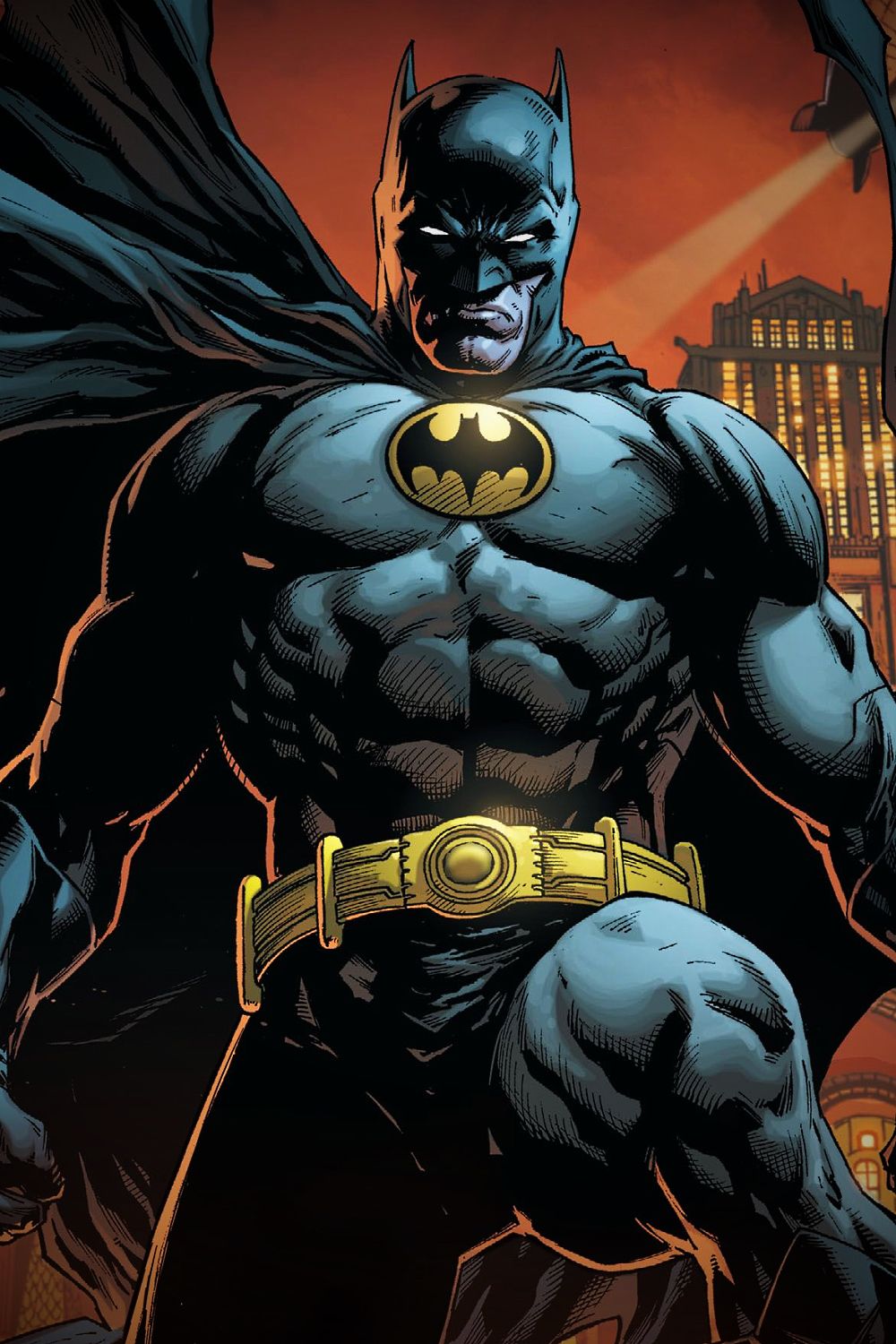
Batman
One of DC's most iconic heroes, Batman is the vigilante superhero persona of billionaire Bruce Wayne. Forged by tragedy with the death of his parents, Bruce dedicated his life to becoming the world's leading martial artist, detective, and tactician. Recruiting an entire family of allies and sidekicks, Bruce wages war on evil as the dark knight of his hometown, Gotham City.
Created By Bob Kane , Bill Finger
Alias Bruce Wayne
Alliance Justice League, Outsiders, Batman Family
Race Human
FIRST APP Detective Comics #27 (1939)


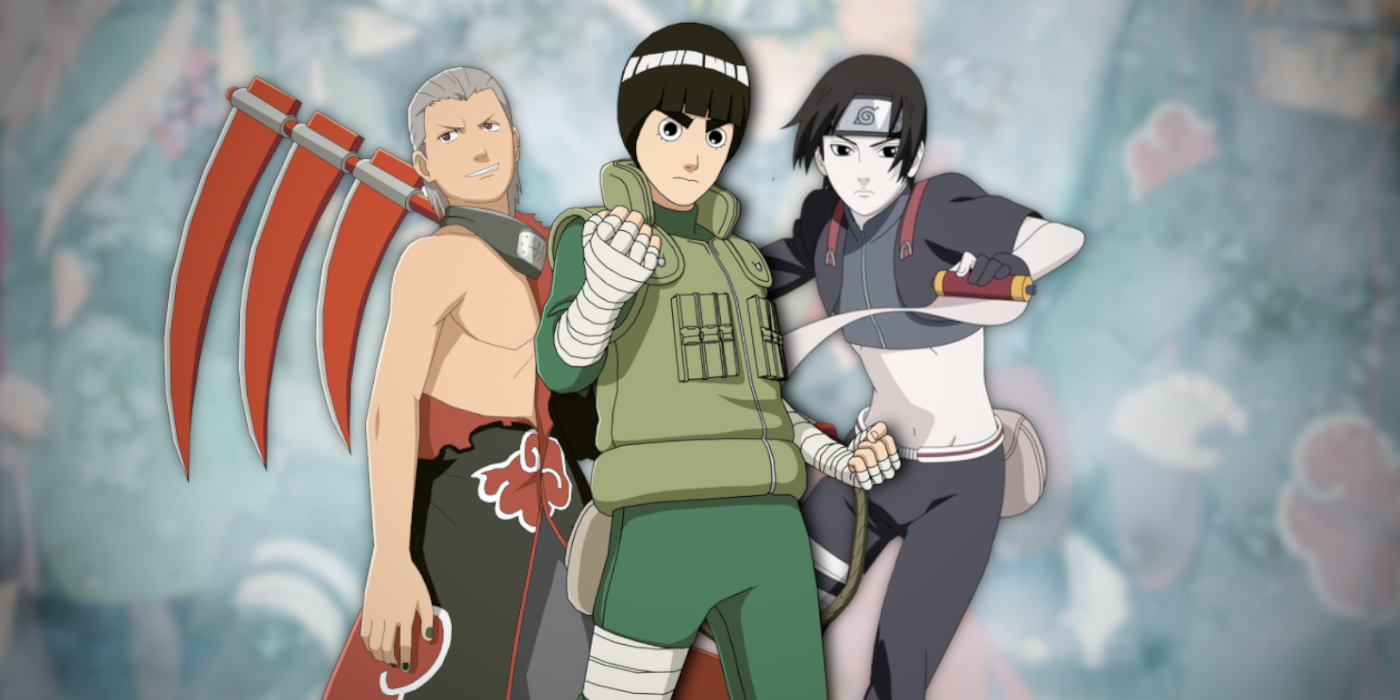
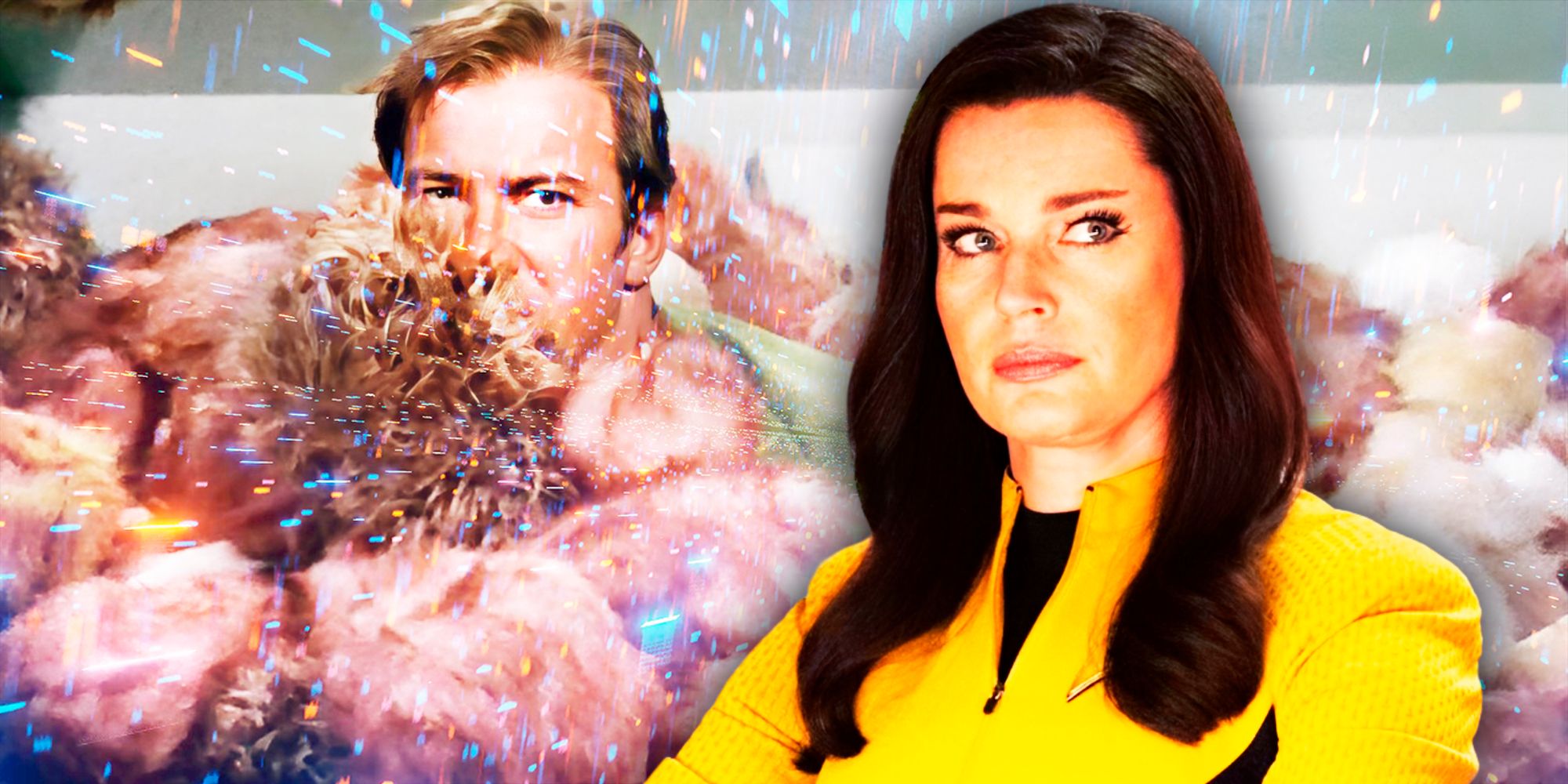



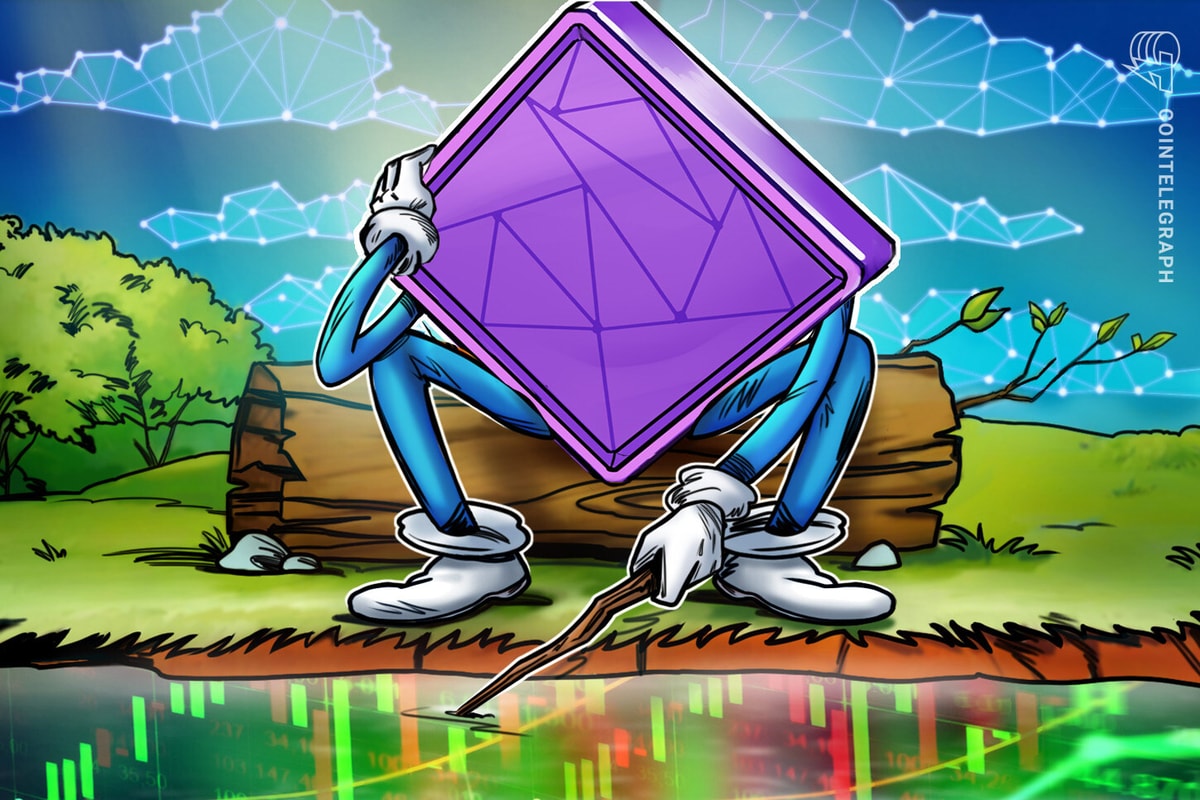

 English (US) ·
English (US) ·